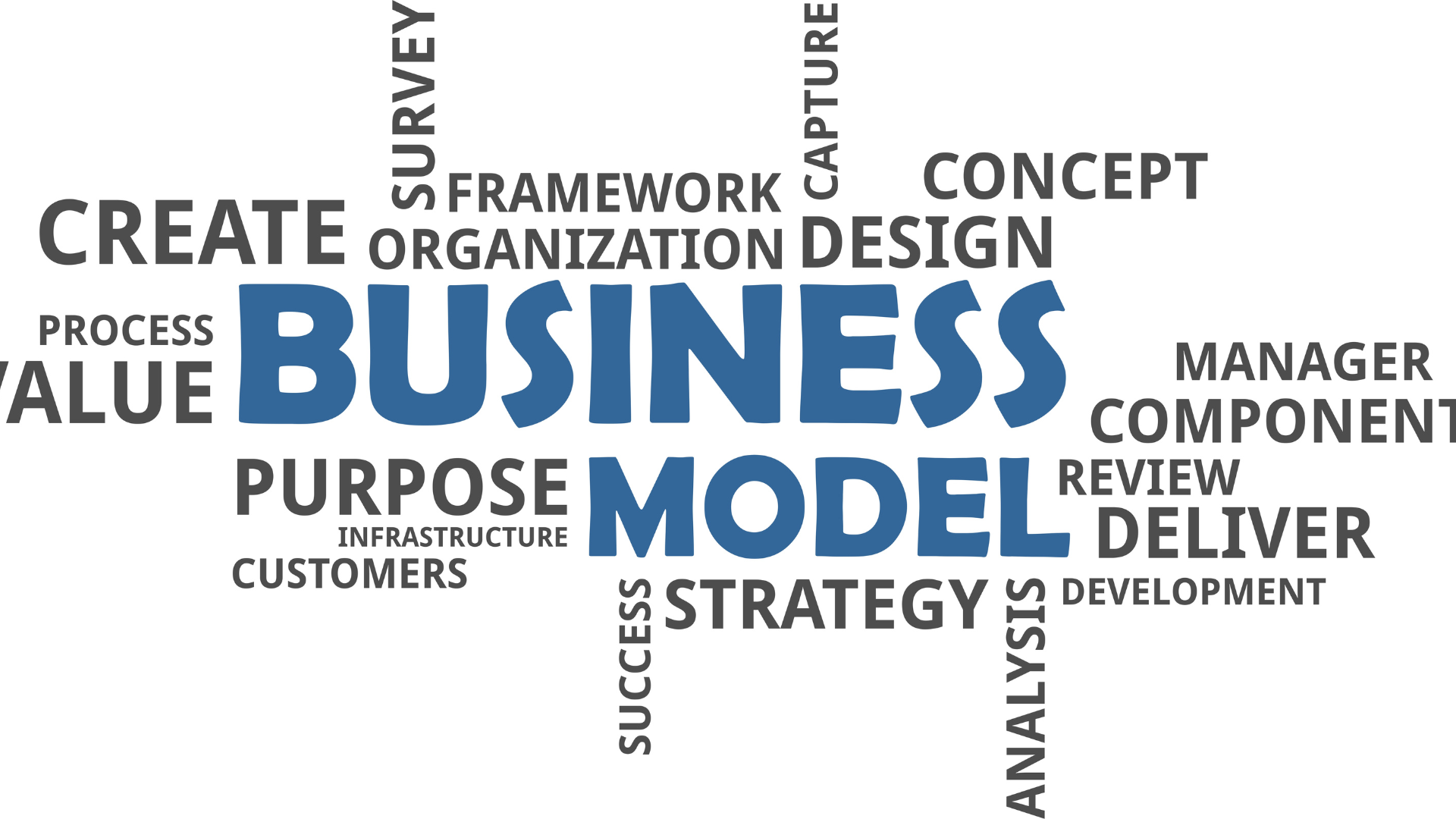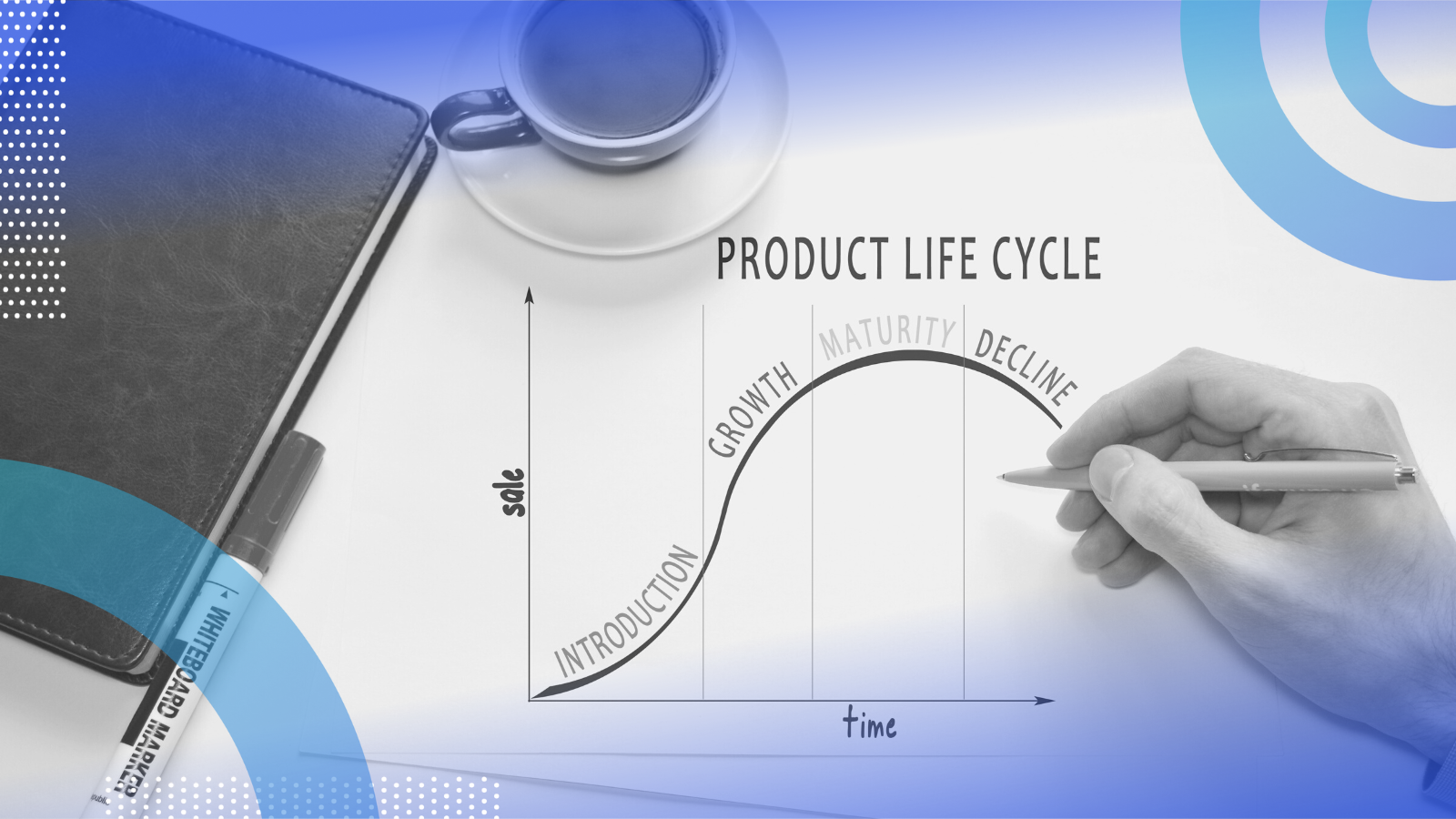Understanding Your Customer’s Needs
Before you even think about suggesting additional products or services, you need to deeply understand your customer. What are their pain points? What are their aspirations? What problems are they trying to solve with your initial product or service? Analyzing your customer data, conducting surveys, and even simply paying close attention to customer interactions can provide valuable insights. The more you know about your customers, the better equipped you are to offer relevant upsells that genuinely add value to their lives.
Identifying High-Value Customers
Not all customers are created equal. Some are more likely to respond positively to upselling than others. Identify your high-value customers – those who consistently purchase, spend more per transaction, and show high engagement with your brand. Focus your upselling efforts on these individuals, as they’re more likely to be receptive to premium offerings and add-ons. Segmenting your customer base allows for targeted and personalized upselling strategies, maximizing your return on investment.
Timing is Everything: The Art of the Upsell
Presenting an upsell at the wrong time can be detrimental. The best time to suggest an upgrade or add-on is when the customer is already engaged and showing a positive purchasing intent. This could be during the checkout process, after a successful purchase, or even through targeted email marketing based on their past behavior. Avoid bombarding customers with upsells; instead, present them organically and naturally, as a seamless extension of their initial purchase.
Crafting Compelling Upsell Offers
Your upsell offers need to be compelling and clearly communicate the value proposition. Don’t just present a higher-priced option; highlight the added benefits and features that justify the extra cost. Use strong calls to action, compelling visuals, and clear, concise language to persuade customers to upgrade. Consider offering limited-time discounts or bundles to create a sense of urgency and enhance the appeal of your upsells.
Leveraging Technology for Effective Upselling
Technology plays a crucial role in streamlined and effective upselling. Customer relationship management (CRM) systems can help you identify high-value customers and track their purchase history, enabling personalized recommendations. E-commerce platforms often have built-in upselling features that automatically suggest relevant products based on the customer’s cart or past purchases. Using these tools effectively can automate much of the upselling process, freeing up your team to focus on more strategic tasks.
Measuring and Optimizing Your Upselling Strategies
Regularly analyze your upselling results to understand what’s working and what’s not. Track key metrics such as conversion rates, average order value, and customer lifetime value. Use this data to refine your strategies, improve your offers, and optimize the timing of your upsells. A/B testing different upsell approaches can provide valuable insights into what resonates most with your customers, enabling you to continuously improve your results.
Personalization: The Key to Successful Upselling
Generic upsells rarely succeed. Personalization is key. Use data to tailor your upsell offers to individual customer needs and preferences. Consider factors like past purchases, browsing history, and demographic information to create highly relevant recommendations. This personalized approach demonstrates that you understand your customers and are genuinely trying to meet their needs, leading to higher conversion rates and stronger customer relationships.
Building Trust and Transparency
Customers are more likely to respond positively to upsells when they trust your brand and believe you’re acting in their best interests. Be transparent about the benefits of your upsells and avoid using high-pressure sales tactics. Focus on building strong relationships with your customers based on trust and mutual respect, and the upselling process will become a natural extension of that relationship, not an intrusive sales pitch.
Beyond the Sale: Fostering Long-Term Customer Relationships
Successful upselling isn’t just about increasing immediate revenue; it’s about nurturing long-term customer relationships. By providing value and demonstrating genuine care, you’ll build customer loyalty and encourage repeat purchases. When customers feel valued and understood, they’re more likely to remain loyal to your brand and become advocates for your products or services, ultimately leading to sustainable growth and increased profitability. Please click here to learn about upsell marketing strategy.






